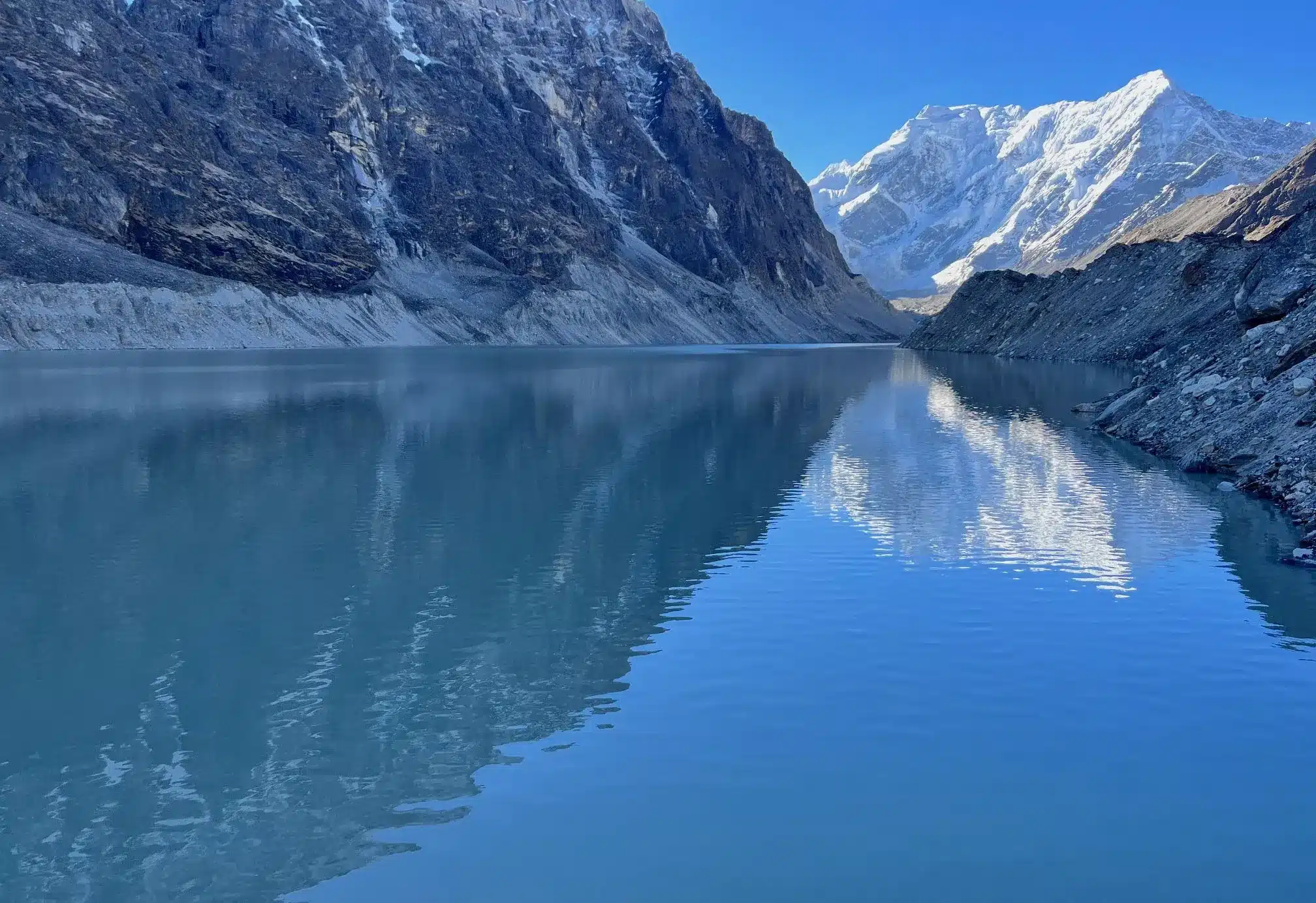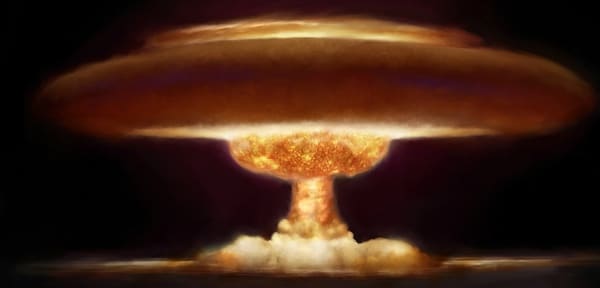About Central Water Commission (CWC):
- It is a premier technical organization of India in the field of water resources.
- It is presently functioning as an attached office of the Ministry of Jal Shakti, Department of Water Resources, River Development, and Ganga Rejuvenation, Government of India.
- Headquarters: New Delhi
- Functions:
- The Commission is entrusted with the general responsibilities of initiating, coordinating, and furthering, in consultation with the State Governments concerned, schemes for control, conservation, and utilization of water resourcesthroughout the country for purposes of Flood Control, Irrigation, Navigation, Drinking Water Supply, and Water Power Development.
- It also undertakes the investigations, construction, and execution of any such schemes as required.
- Organisation Structure:
- It is headed by a Chairman, with the status of Ex-Officio Secretary to the Government of India.
- The work of the Commission is divided among 3 wings, namely,
- Designs and Research (D&R) Wing
- River Management (RM) Wing
- Water Planning and Projects (WP&P) Wing.
- Each wing is placed under the charge of a full-time member with the status of Ex-Officio Additional Secretary to the Government of India.
- Each wing, comprising a number of organisations, is responsible for the disposal of tasks and duties falling within the scope of functions assigned to them.
- The National Water Academy, located in Pune, is responsible for training of central and state in-service engineers and it functions directly under the guidance of the Chairman.
Q1: What are glacial lakes?
Glacial lakes are large bodies of water that sit in front of, on top of, or beneath a melting glacier. As a glacier withdraws, it leaves behind a depression that gets filled with meltwater, thereby forming a lake. The more the glacier recedes, the bigger and more dangerous the lake becomes. Such lakes are mostly dammed by unstable ice or sediment composed of loose rock and debris. In case the boundary around them breaks, huge amounts of water rush down the side of the mountains, which could cause flooding in the downstream areas. This is called the Glacial Lake Outburst Flood.
News: Himalayan glacial lakes saw 10.81% area expansion from 2011 to 2024: Report
Last updated on June, 2025
→ UPSC Notification 2025 was released on 22nd January 2025.
→ UPSC Prelims Result 2025 is out now for the CSE held on 25 May 2025.
→ UPSC Prelims Question Paper 2025 and Unofficial Prelims Answer Key 2025 are available now.
→ UPSC Calendar 2026 is released on 15th May, 2025.
→ The UPSC Vacancy 2025 were released 1129, out of which 979 were for UPSC CSE and remaining 150 are for UPSC IFoS.
→ UPSC Mains 2025 will be conducted on 22nd August 2025.
→ UPSC Prelims 2026 will be conducted on 24th May, 2026 & UPSC Mains 2026 will be conducted on 21st August 2026.
→ The UPSC Selection Process is of 3 stages-Prelims, Mains and Interview.
→ UPSC Result 2024 is released with latest UPSC Marksheet 2024. Check Now!
→ UPSC Toppers List 2024 is released now. Shakti Dubey is UPSC AIR 1 2024 Topper.
→ Also check Best IAS Coaching in Delhi
























